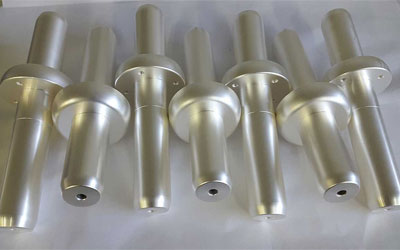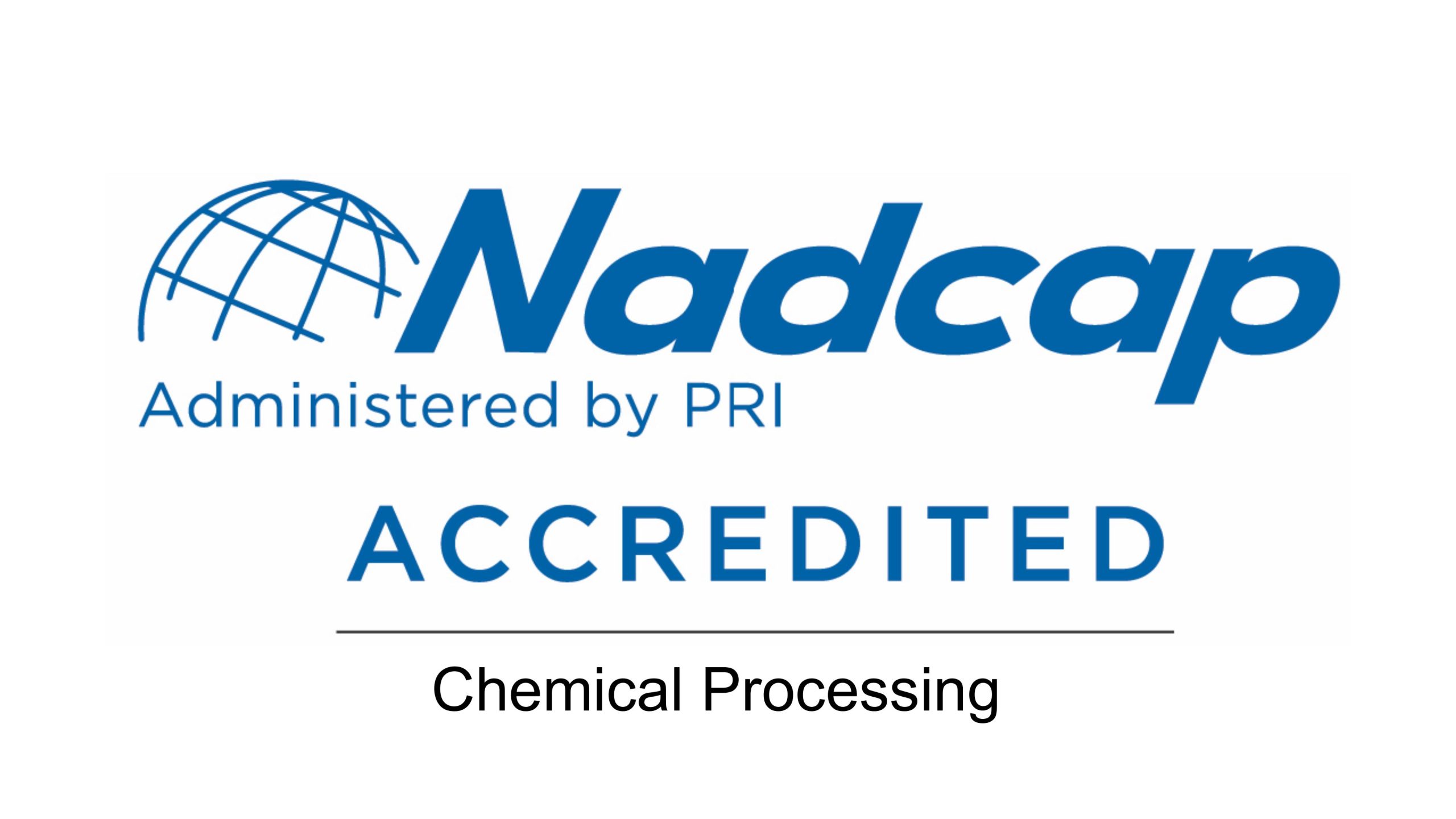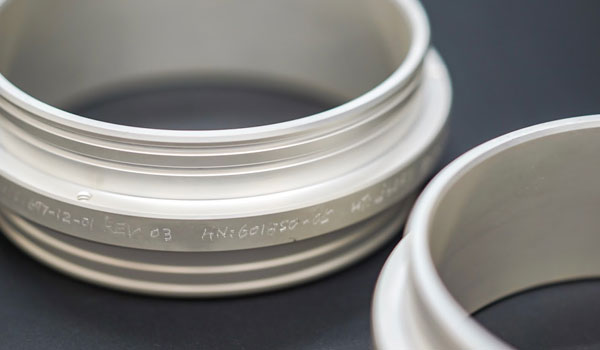
Silver plating is our special process that is accredited by Nadcap for many years. We can obtain consistent plating thickness and different variations of finishes, namely: Matt, Semi-bright, and Bright finishing.
Our proficiency in this process allows us to serve a broad spectrum of customers, ranging from the commercial sectors to aerospace industries.
| Process | Specs | Process Classification | Tank Size (L) x (W) x (H) mm | Locations |
|---|---|---|---|---|
Silver Plating |
QQ-S-365 | Matt Silver Plating | 600 x 500 x 700 | Singapore |
| Bright Silver Plating | 600 x 400 x700 |

Silver plating provides the highest electrical conductivity of all metals. However, it is not a precious metal and will oxidize quickly. For less demanding applications in electronics, silver is often used as an alternative for gold. Although silver is a better conductor than gold it does oxidize and so gold is better for contacts. However, variable capacitors are considered of the highest quality when they have silver-plated plates. In this application, there is no make and break contact so gold would not offer any advantage over the silver.
Silver plating is best used for engineering purposes for solderable surfaces. Advantages include electrical contact characteristics, high electrical and thermal conductivity, thermocompression bonding, wear resistance of load-bearing surfaces, utility in spectral reflectivity electrical applications, good corrosion resistance and good solderability.
